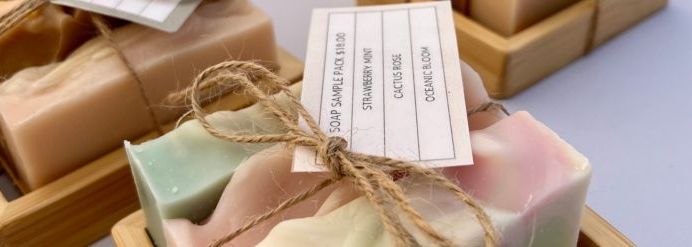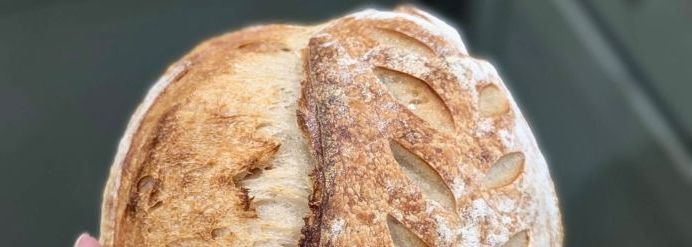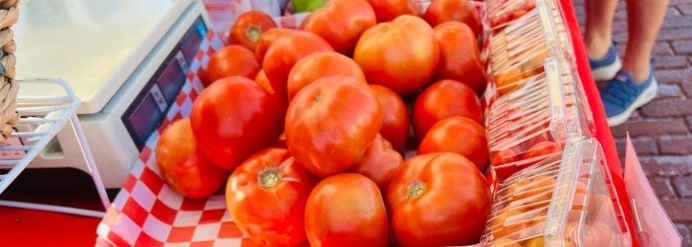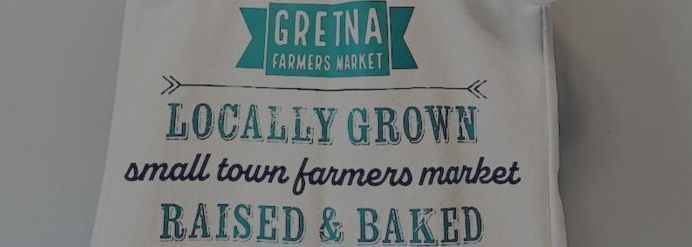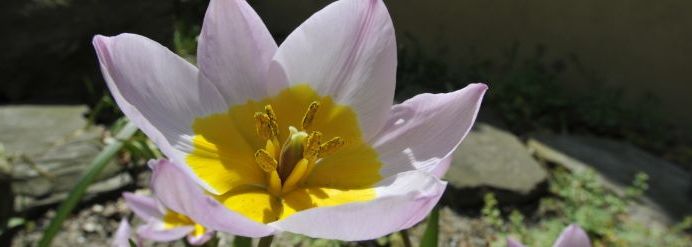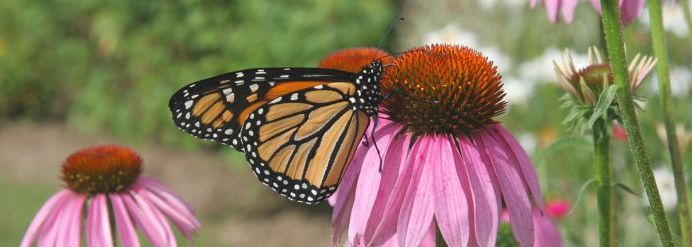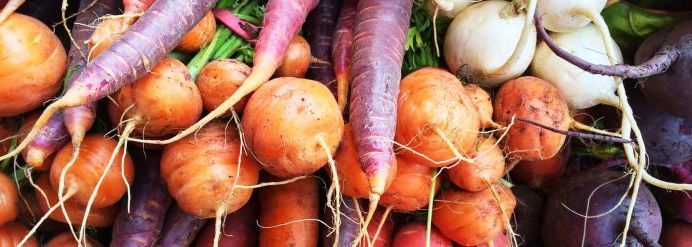Pumpkins sure do have their seasonal appeal. However, growing your own can come with its own challenges. When your pumpkins start showing signs they aren’t doing well, you’ll want to figure out why before it’s too late to ensure your gourds flourish. Below are common pumpkin problems and practical solutions!
Mold and mildew troubles
One common issue that plagues pumpkins is the growth of mold and mildew. These fuzzy white or gray patches can develop on the surface, making your pumpkins look unpleasant.
Solution: To combat this problem, ensure proper air circulation around your pumpkins by spacing them apart. You can also apply a fungicide to prevent mold and mildew from taking over.
Pest predicaments
Pumpkin-loving pests like squash vine borers and squash bugs can wreak havoc on your crop. Keep a watchful eye for signs of these critters, such as yellowing leaves and wilting vines.
Solution: To deter pests, consider using organic insecticides or physically removing the egg patches from the pumpkin leaves.
Blossom-end rot
Rotting pumpkins can be a heartbreaking sight. There are two main types of rot to watch out for: blossom-end rot, which appears as a sunken, dark spot on the bottom of the pumpkin; and internal rot, which causes mushy, foul-smelling interiors. These issues are often linked to inconsistent watering.
Solution: Maintain a regular watering schedule to keep the soil consistently moist but not waterlogged. Applying mulch can also help regulate soil moisture.
Sun scalds or burns
Pumpkins can suffer from sunburns, just like we can. When the fruits are exposed to intense sunlight, they can develop tan or white patches on their skin.
Solution: To prevent this, provide some shade during the hottest parts of the day, especially if your pumpkins are still growing on the vine. You can use shade cloth or even a strategically placed umbrella.
Poor pollination
If you're seeing misshapen or underdeveloped pumpkins, it may be due to poor pollination. Bees and other pollinators are essential for pumpkins to set fruit.
Solution: To attract pollinators, plant nectar-rich flowers nearby and avoid using pesticides that harm beneficial insects. You can also try hand pollination by transferring pollen from male flowers to female flowers using a small brush or cotton swab.
If you’re having trouble growing your own pumpkins, there’s no need to worry; pumpkin problems are a part of the gardening journey. When you have the proper knowledge and are able to provide a little TLC, you can easily overcome these challenges and enjoy a bountiful fall harvest with healthy and vibrant pumpkins. If you encountered difficulties this season, we hope this helps prepare you for next year!
Thanks for all your support of the brand-new Gretna Farmers Market!
Contact us today if you’re interested in becoming a vendor next season!





